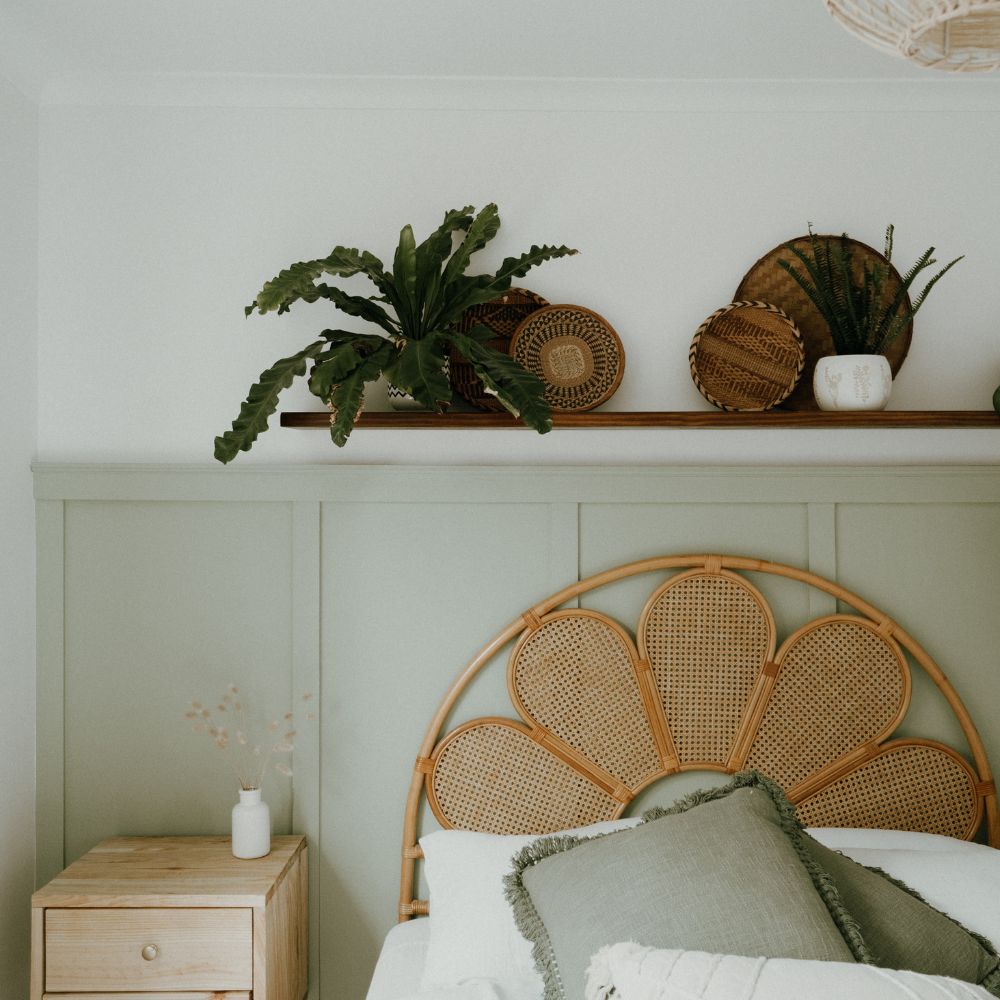My surface is already painted: do I need to apply a primer?
You've probably asked yourself this question before. In any case, we're asked it every day: applying a primer is often wrongly questioned.
Its use is strongly recommended regardless of the surface or its condition to prepare the application of the paint, but also to promote the adhesion of the finishing coat.
We therefore propose to present this essential part of painting work while explaining why we strongly recommend the undercoat.
What is an impression painting?
Primer paint, also called undercoat, is a product used to prepare a surface before applying a finishing paint (matte, satin or velvet).
While there are universal undercoats, there are primers dedicated to the many surfaces that can be painted: wood, placo, walls and ceilings, etc.
Why is applying a white undercoat strongly recommended?
The primary advantage of the primer is that it will allow the surface to be uniform, but also to be prepared as well as possible to receive the finishing paint, guaranteeing better paint adhesion.
It is commonly asked whether the primer is recommended if the substrate is already white or new. While there is no obligation to use a primer, the answer is yes. Because beyond the preparation of the substrate and the adhesion of the finish, it is necessary to face the facts: the primer allows to standardize the substrate and allow the paint color to better reveal itself once the primer is applied.
Another important advantage of the undercoat is the adhesion provided to the paint by the application of a primer coat, which will also reduce any traces left after application (from a roller or brush, for example).
Finally, its use will strengthen the paint's hold and potentially give the paint better durability over time, which very often remains an important criterion in choosing a paint!
How to apply undercoat to walls or wood?
Painting properly cannot be improvised: the undercoat is an integral part of preparing the surface and several steps come before applying the undercoat.
Before applying the undercoat, it is therefore necessary to clean the surface to be painted and remove any dust or potential grease stains. To clean, you can do so with clear water or slightly soapy water and a slightly damp cloth.
At the end of this first stage, sanding or buffing may be necessary to ensure that the paint is applied to a clean and healthy surface.
The undercoat is applied like a topcoat except that only one coat is needed compared to two for the topcoat.
When applying Algo undercoat, you will be recommended to dilute the paint up to 5% for a conventional application and up to 10% for a spray application.
The undercoat can therefore be applied with a brush, roller, rabbit's foot or spray gun.
As for the finishing paint: we recommend using a 14mm microfibre roller for a classic application to guarantee the best possible adhesion and finish.
When the undercoat is applied to your surface: you just have to respect the drying time recommended by the manufacturer (around 12 hours for Algo paint) and carry out additional sanding to make the paint smoother and optimize the quality of the surface to be painted.
What is the difference between a universal glycero or bio-sourced printing undercoat?
Apart from the product's composition: none! Indeed, ecological underlays are able to meet the quality requirements of "classic" underlays on the market in every way.
If the most important thing is to succeed in your painting work and obtain the best possible result, it will be entirely possible to do so with an ecological paint that respects the environment!
Algo offers an ecological underlay made from algae, composed of a 98% bio-sourced resin and certified with the European Ecolabel.
So why skip it for your painting jobs?
👉 How many layers of print should I apply?
The undercoat only requires one coat of application, unlike the topcoat for which two coats are generally recommended.
This difference is explained by the fact that the undercoat only serves to standardize and prepare the surface.








